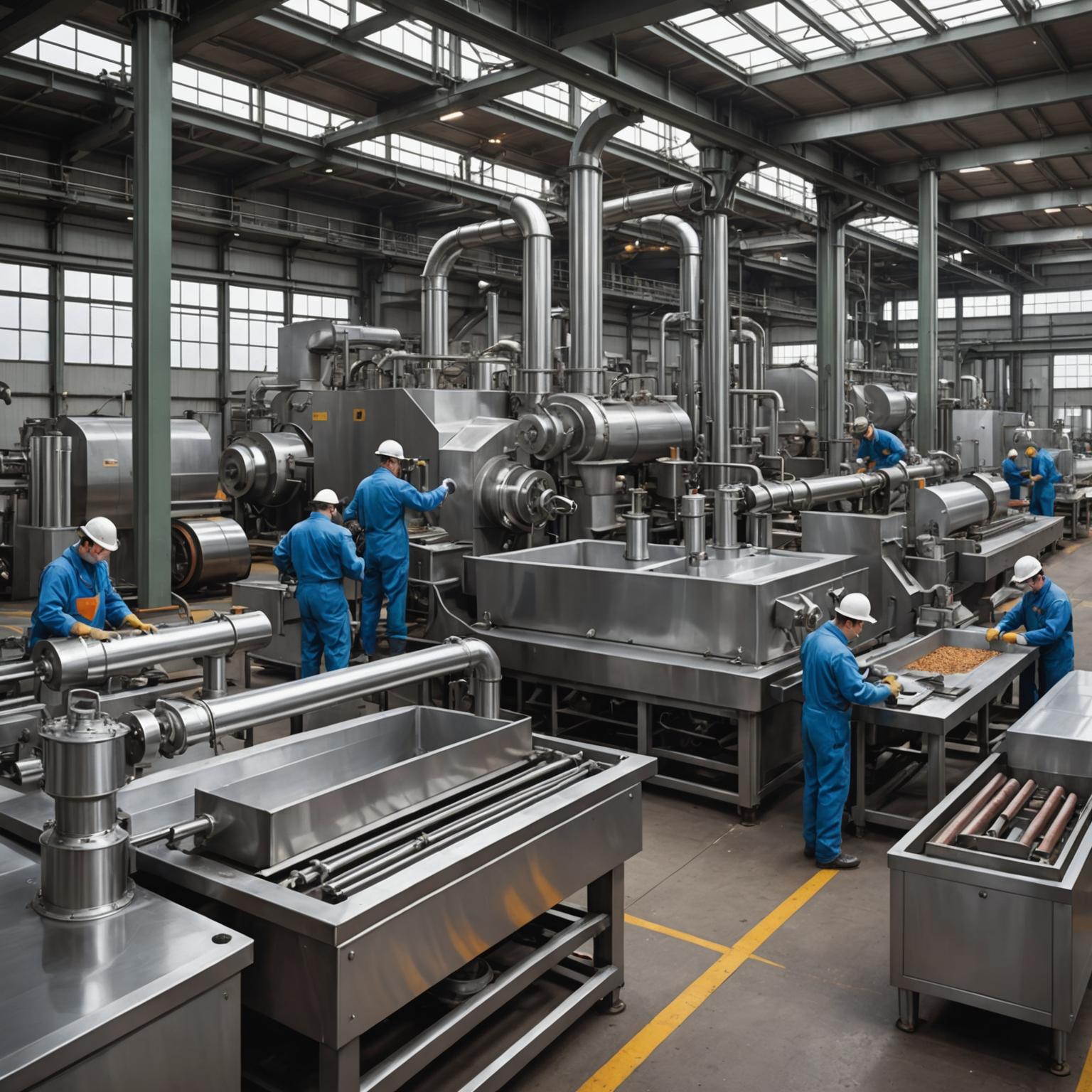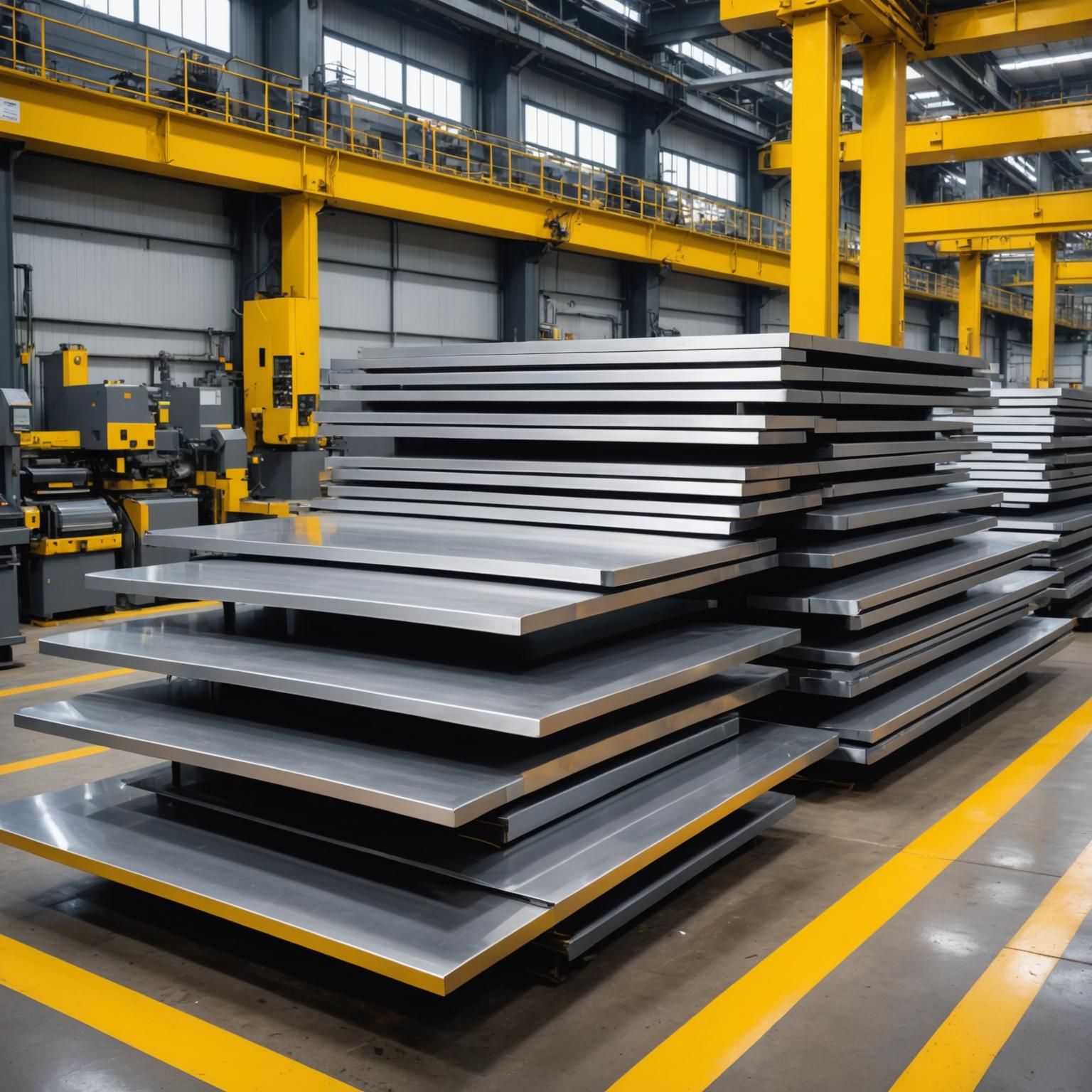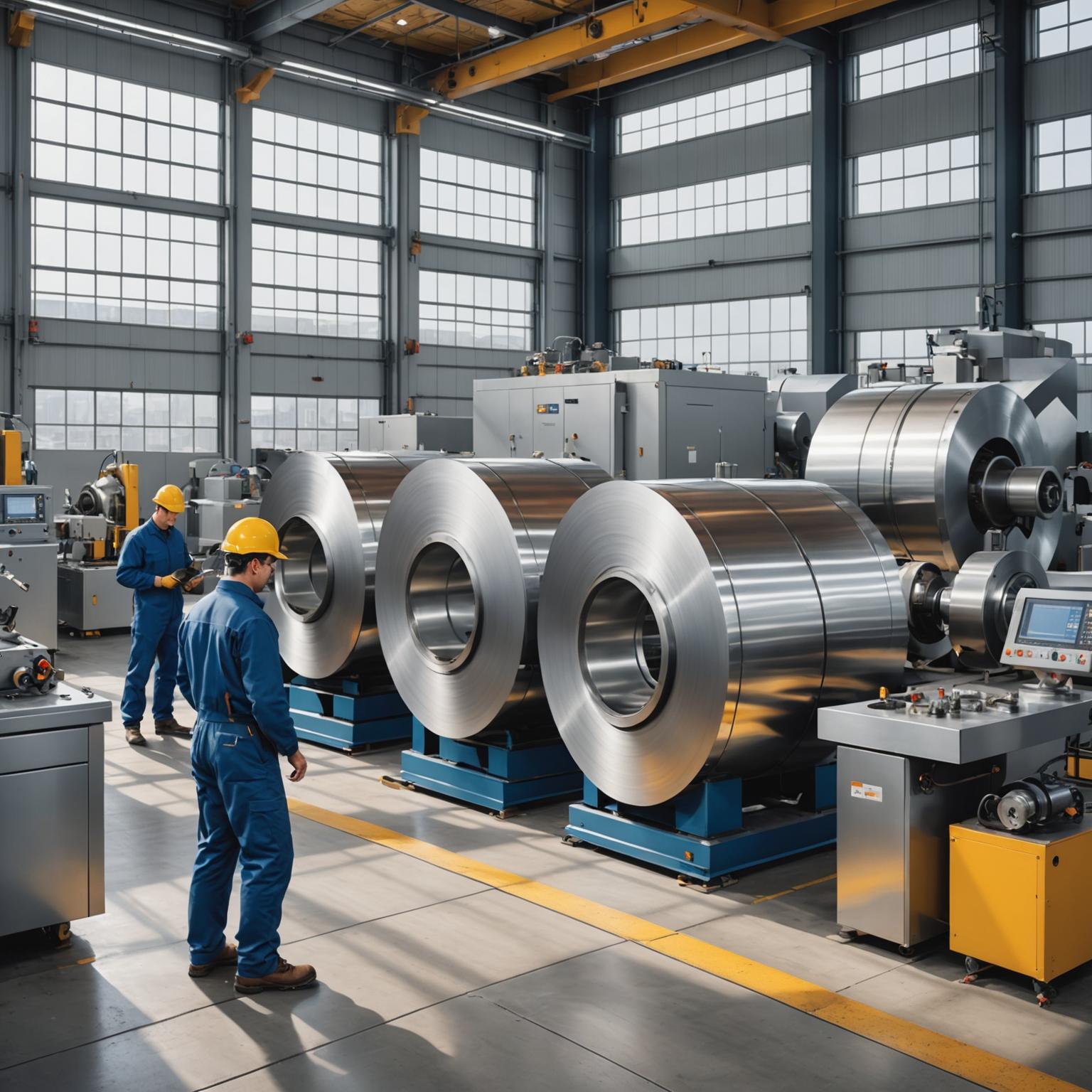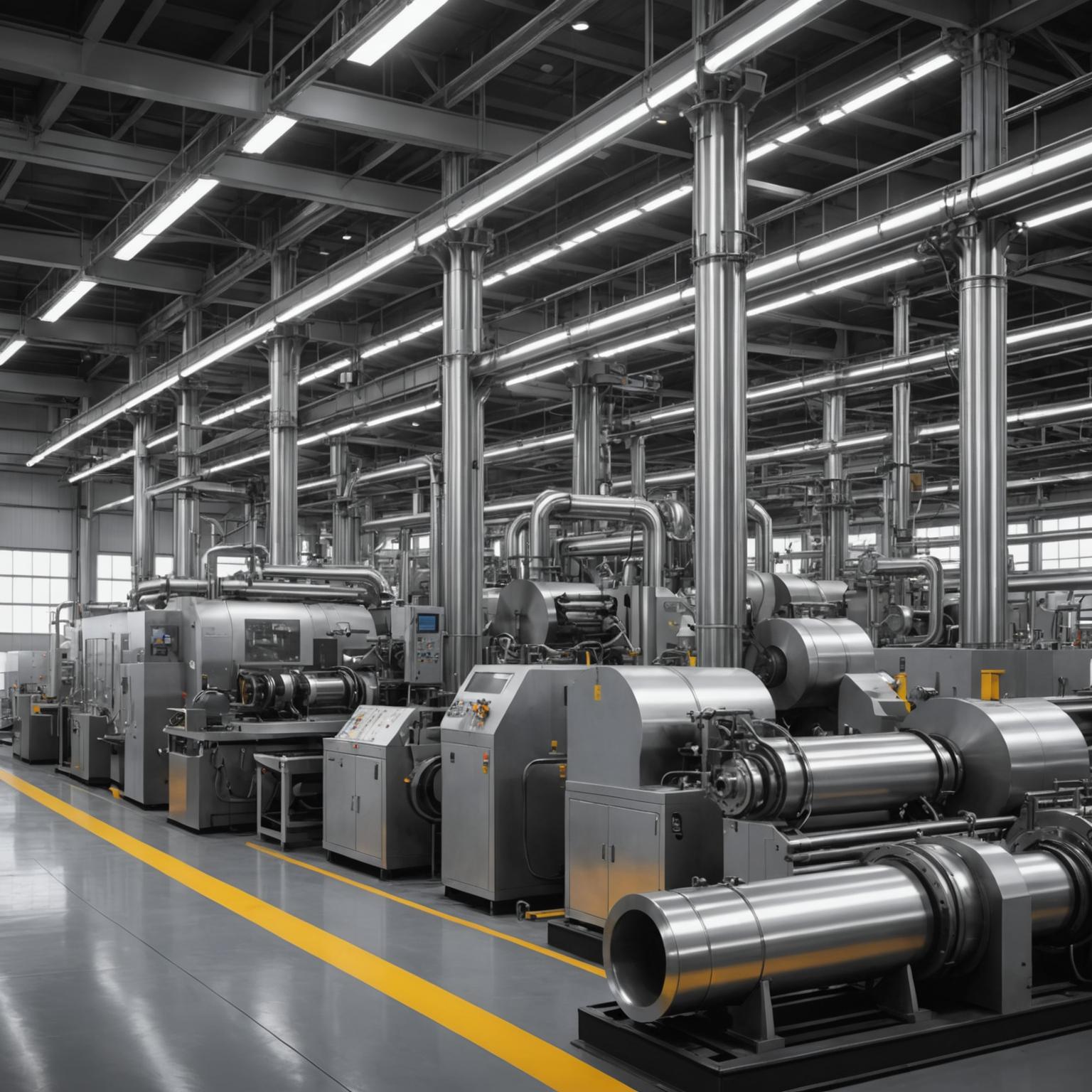What is stainless steel?
Stainless steel composition is an important factor affecting its performance. Stainless steel is a steel alloy with high corrosion resistance and is widely used in construction, chemical industry, medical equipment and household products. By understanding the chemical composition of stainless steel, we can have a deeper understanding of the unique properties of this particular material and why it is indispensable in daily life and industrial applications. 
The main elements of stainless steel
The chemical composition of stainless steel includes iron, chromium, nickel, carbon, silicon, manganese and other elements, among which chromium and nickel are the key to its corrosion resistance. The main function of chromium is to form an oxide film to make the stainless steel withstand the corrosion of oxygen and moisture; generally speaking, the content of chromium in stainless steel reaches 10.5% or more to have good corrosion resistance. The addition of nickel can further improve the oxidation resistance of stainless steel while increasing the mechanical strength and toughness of the material. The carbon content is usually lower to reduce the brittleness of the material.
In addition, silicon and manganese also play a crucial role in stainless steel. Silicon helps enhance oxidation resistance, while manganese helps improve the tensile strength and hardness of stainless steel. Different types of stainless steel may also be added to other elements, such as molybdenum, titanium, nitrogen, etc. depending on the specific purpose.
Structure and properties of stainless steel
The composition of the stainless steel structure determines its performance during use. Stainless steel can be divided into four main categories: austenite type, ferrite type, martensite type and duplex type. Austenitic stainless steel is the most popular due to its high corrosion resistance and good plasticity, and its components contain more nickel and chromium. Ferrite stainless steel is widely concerned for its low thermal expansion properties, while martensitic stainless steel is known for its high hardness and wear resistance.
Duplex stainless steel combines the characteristics of austenite and ferrite stainless steel, with higher strength and stress corrosion resistance, and is suitable for harsh industrial environments. In addition, the tensile strength of stainless steel is an important performance indicator, which can range from 200 MPa to over 1000 MPa, depending on the selected steel grade and heat treatment method.
Comparison between stainless steel and carbon steel
While stainless steel and carbon steel are both steels, they differ significantly in chemical composition and properties. The main advantage of stainless steel is its corrosion resistance, and its oxide film makes the metal surface less susceptible to corrosion or rust. In contrast, carbon steel is more corrosive and is more prone to rust in humid or salty environments.
In addition, stainless steel is usually better than carbon steel due to the addition of nickel and chromium, which makes it better cope with different application scenarios. However, in terms of cost, carbon steel is relatively economical and suitable for occasions where high corrosion resistance is not required. The choice of the two materials needs to be comprehensively considered based on specific needs and budget.
The development and application of stainless steel
With the advancement of modern industrial technology, the composition and manufacturing process of stainless steel are also being continuously optimized. From the initial simple alloy to the complex components that now contain a variety of elements, stainless steel has become increasingly powerful. At present, stainless steel is widely used in construction, medical care, energy, aviation and other fields. For example, in the construction industry, high-quality stainless steel structures can provide modern aesthetic effects and durability.
The field of medical devices uses the corrosion resistance of stainless steel to manufacture surgical instruments and implants. The energy industry chooses stainless steel as the material for key equipment due to its high strength and corrosion resistance. In daily life, stainless steel is very popular among consumers, whether it is household appliances or cooking utensils.
Summary
By understanding the chemical composition and structure of stainless steel, we can better understand why it has become an irreplaceable and important material in industry and life. From the addition of chromium and nickel to the ratio of other elements, each ingredient provides scientific support for the performance of stainless steel. The performance comparison between stainless steel and carbon steel further highlights its advantages and provides consumers and engineers with a foundation for a wide selection. With the development of technology, the application field of stainless steel will be further expanded in the future and become a key material for more industries.








